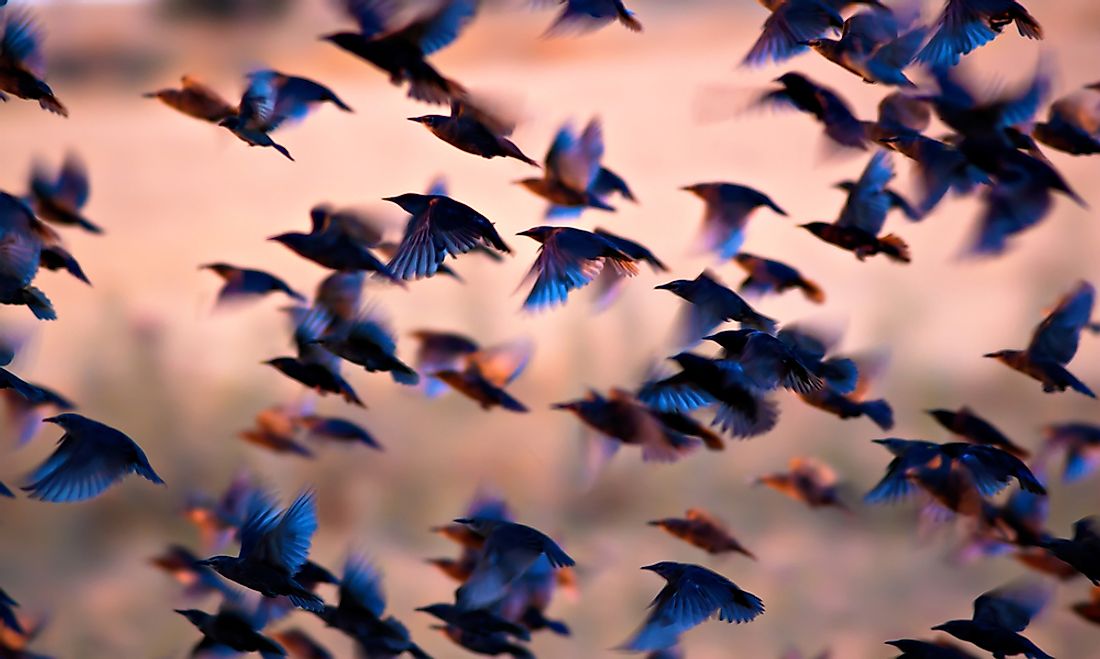How Many Species of Birds Are There?

Initially, studies indicated that there were an estimated 9,000 to 10,000 bird species on the planet. However, recent revelations doubled this number to an estimated 18,000 species, with a possibility of more species being discovered in the future. Birds are generally very mobile, migratory, and live in many regions including under explored. For this reason, bird researchers believe that there are more bird species to be discovered. The American Museum of Natural History gave the latest figure of bird species with a call for researchers to work and document on the “hidden” avian diversity. According to the Museum, one of the causes of confusion in species is because there are bird species that closely resemble each other and, if not carefully studied, may confuse a person that they are of the same species.
Why the Species Number Doubled
The number of species doubled because of wrong counting of species as well as the discovery of more species. Scientists believe that birds are among the comprehensively studied organisms with 95% of species described. However, according to the museum, the scientists used the wrong checklist, otherwise known as the “biological species concept,” that limits the species to birds that can interbreed. George Barrowclough, the Museum’s associate curator, argues that this approach is outdated as it is not even used in taxonomical classification outside bird species. Barrowclough advocates for closer examination of birds through the lens of morphology where physical properties like color, plumage pattern, and other features that can reveal evolutionary history come into play. When used, this method is likely to double the number of known species.
Endangered Bird Species
Owl Species
Owls are among one of the most confused and understudied birds. There are over twenty species of owls and there is a high probability that more will be discovered in the future. Some owl species include the Great Horned Owl, Barn Owl, Snowy Owl, and Burrowing Owl among others. Interestingly, in many Asian and African cultures, the mention, sight, or sound of an owl symbolizes a bad omen and is often associated with death. This situation becomes worse because of the difficulty to spot some owl species. During the day, owls hide expertly, easily blending with their surroundings. Other species like the forest owlet (Heteroglaux blewitti) that is seemingly shy and docile can become aggressive when hungry and tackle a threat or prey twice its size. With only a few of them remaining in India, the forest owlet may soon become extinct. The New Caledonian owlet-nightjar (Aegotheles savesi) is yet to be confirmed alive since 1998 when it was last seen. This species only exists in the archipelago of New Caledonia in Australia. Estimates indicate that only between 2 and 49 of this species are alive. Owls are generally territorial birds to an extent that they may not give up their homes even when faced with danger. This factor and the different cultures makes the owl population drop and protection measures to be difficult.
Bengal Florican
The Bengal florican (Houbaropsis bengalensis) only exists in two places globally, the Cambodian grasslands and forests at the base of the Himalayas. There are fewer than 1,000 living adults of this species so the Cambodian government has set up a special conservancy to protect the birds. The conservation effort also brings together farmers from nearby villages to implement wildlife-friendly farming approaches.







